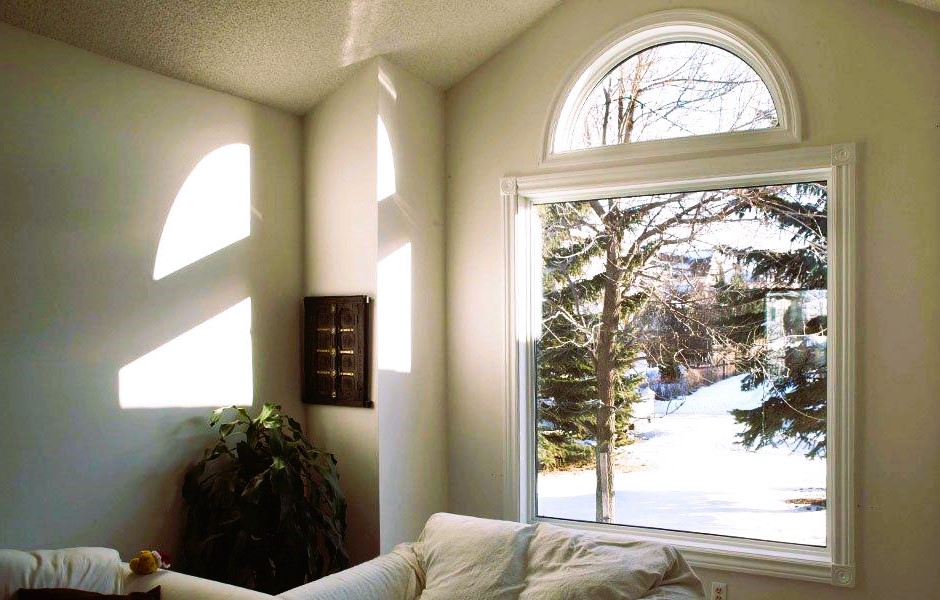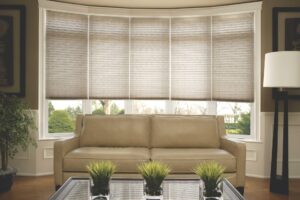Choosing the right windows for your home is essential, especially in a country like Canada, where the climate can be harsh and unpredictable. Canadian homeowners face extreme temperatures, strong winds, heavy snowfall, and varying humidity levels. Therefore, selecting windows that are well-suited to the Canadian climate is crucial for energy efficiency, comfort, and durability. In this article, we will provide a comprehensive guide on how to choose the right windows for your Canadian climate.
- Understand Your Climate
The first step in selecting the right windows is to understand the specific climate conditions in your region of Canada. Different areas experience varying degrees of cold, wind, precipitation, and sunlight. For instance, coastal regions may face high humidity and salt exposure, while northern regions have prolonged periods of extreme cold. Research and consult local climate data to gain insights into the specific challenges your windows need to withstand.

- Consider Energy Efficiency
Energy efficiency is paramount when choosing windows for the Canadian climate. Look for windows that are ENERGY STAR certified, as they meet strict energy efficiency standards. Consider features such as low-emissivity (low-E) coatings, multiple glazing layers, and gas fills (such as argon or krypton) between the glass panes. These features help to minimize heat transfer, reduce drafts, and improve insulation, leading to lower energy consumption and reduced heating costs. The Benefits of Energy-Efficient Windows for Canadian Homes.
- Evaluate Window Frame Materials
Window frame materials play a significant role in durability, energy efficiency, and maintenance requirements. Here are some common window frame options for Canadian climates:
- a. Vinyl: Vinyl windows are popular in Canada due to their durability, low maintenance, and excellent insulation properties. They are resistant to moisture, rot, and thermal expansion, making them suitable for various climate conditions.
- b. Fiberglass: Fiberglass windows offer exceptional strength, durability, and thermal performance. They are resistant to warping, cracking, and expanding, making them ideal for extreme temperature fluctuations.
- c. Wood: Wood windows provide a classic and aesthetically pleasing option. However, they require regular maintenance to protect against moisture damage, rot, and warping. Wood windows are more commonly used in milder climates with lower humidity.
- d. Aluminum: Aluminum windows are durable and low maintenance. However, without thermal breaks, they are less energy-efficient and more prone to condensation. They are suitable for regions with milder climates and lower heating requirements.
- Choose the Right Glass
The glass used in your windows is a critical factor in ensuring energy efficiency and comfort. Look for the following features:
a. Low-E Coatings: Low-E coatings help to reflect heat back into the room during winter and block UV rays during summer. Choose windows with low-E coatings tailored to the specific climate in your area.
b. Multiple Glazing Layers: Double or triple glazing with air or gas-filled spaces between the glass panes provides better insulation and noise reduction. Consider the number of glazing layers based on your climate requirements.
c. Impact-Resistant Glass: If you live in an area prone to storms or high winds, consider impact-resistant glass. It is designed to withstand extreme weather conditions and provides added security.
- Assess Wind and Water Resistance
Canadian homeowners must consider the wind and water resistance of their windows, especially in regions prone to severe weather events. Look for windows that have been tested and certified for wind resistance, such as those meeting the Canadian Standards Association (CSA) A440 standards. Additionally, ensure that the windows have adequate weatherstripping and airtight seals to prevent water infiltration and drafts.
- Optimize Solar Heat Gain
In colder Canadian climates, maximizing solar heat gain can help reduce heating costs. South-facing windows with proper glazing and solar heat gain coefficients (SHGC) can allow sunlight to enter and warm the interior spaces. Consider the orientation and placement of windows to optimize solar heat gain during the winter months.

- Seek Professional Guidance
Choosing the right windows for your Canadian climate can be overwhelming. It is advisable to consult with window professionals or experts who have experience in your specific region. They can provide valuable insights and recommendations based on their knowledge of local climate conditions and window options.
Conclusion
Selecting the right windows for your Canadian climate is crucial for energy efficiency, comfort, and durability. Consider factors such as energy efficiency, window frame materials, glass features, wind and water resistance, solar heat gain, and seek professional guidance. By choosing windows tailored to your specific climate conditions, you can enhance energy efficiency, reduce heating costs, and create a comfortable and sustainable living environment for years to come.




